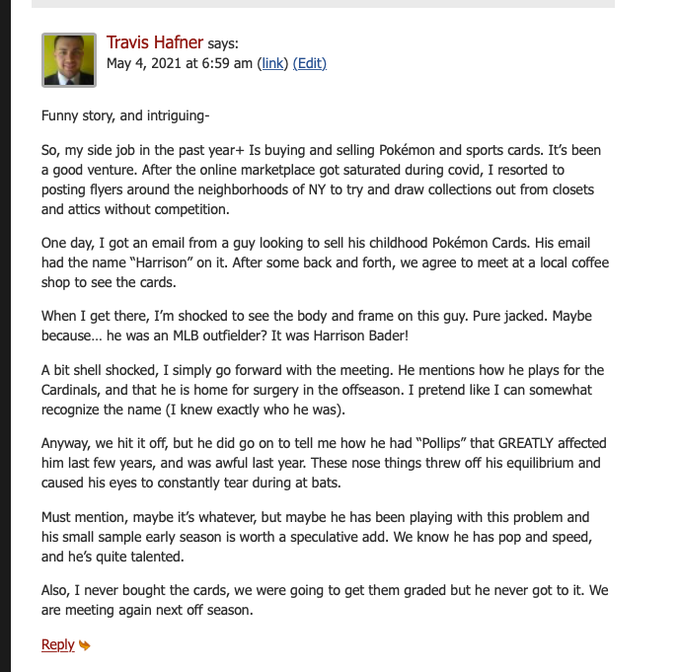Postseason Preview: The 2021 NL Wild Card Game
Editor’s Note: You can find the Dodgers and Cardinals Wild Card rosters and announced lineups here and here.
While it’s not the blood rivalry Yankees-Red Sox pairing of the AL Wild Card Game, the NL Wild Card matchup does not lack for story lines. The Dodgers are the reigning World Series winners, and despite tying the franchise record for wins (106), finishing with the majors’ best run differential (+269) and outperforming last year’s 43–17 juggernaut over their final 60 (45–15), they finished second to the upstart Giants by a single game, ending their eight-year run of NL West titles. They’re just the third 100-win team to wind up as a Wild Card, after the 2002 A’s (102 wins), who didn’t have to play a do-or-die game, and the 2018 Yankees (100 wins), who won theirs. That their season comes down to a single game despite their dominance over the long haul is either evidence that the current playoff format needs overhaul or that it’s perfect as is; you’re guaranteed to hear both points of view somewhere in the run-up to the game, and probably during and after as well.
The Cardinals (90-72) are the upstart comeback kids. Beset by injuries to an already-thin rotation, they were just 51–51 at the July 30 trade deadline, and their acquisitions of the well-shellacked Jon Lester and J.A. Happ drew more snickers than raves. They were below .500 as late as August 8 (55–56), at which point their Playoff Odds were a season-low 1.3%. Thanks in significant part to the league’s strongest defense and a suddenly-lively offense, they went 35–16 the rest of the way, better than all but the Giants (36–14) and Dodgers (39–11). While they were still just 69–68 as late as September 7, they embarked upon a 17-game winning streak, the longest in franchise history and in the NL since the 1935 Cubs won 21. The streak turned what looked to be a hectic five-team race for the second Wild Card spot into a laugher; St. Louis won going away, clinching on September 28 and outdoing the next-closest team, the Reds, by seven games. The 2.8% odds the Cardinals had on September 7 now stand as the lowest September mark of any team that has rallied to make the playoffs since 2014.
Beyond all of that and a marquee pitching matchup between Max Scherzer and Adam Wainwright, there’s the inevitable discussion of these two teams crossing paths in the postseason, where the Cardinals have gotten the upper hand four out of five times, leaving Dodgers fans smarting in the 1985 NLCS (Ozzie Smith, Jack Clark, Tom Niedenfuer) and the 2013 NLCS and ’14 NLDS (Clayton Kershaw, Hanley Ramirez, Matt Carpenter, and so on). That Kershaw wouldn’t have been the choice to start this one — he’s on the sidelines for October due to yet another bout of forearm discomfort — might only partially quell the anxiety of Dodgers fans given the continued presence of Wainwright and Yadier Molina. Oh, and Albert Pujols is here, too, albeit on the other side of the equation.
For as rich as those storylines may be, they’re not the same as actual analysis. There’s only so much one can do for a single game, but it’s worth touching on a few points. Read the rest of this entry »


